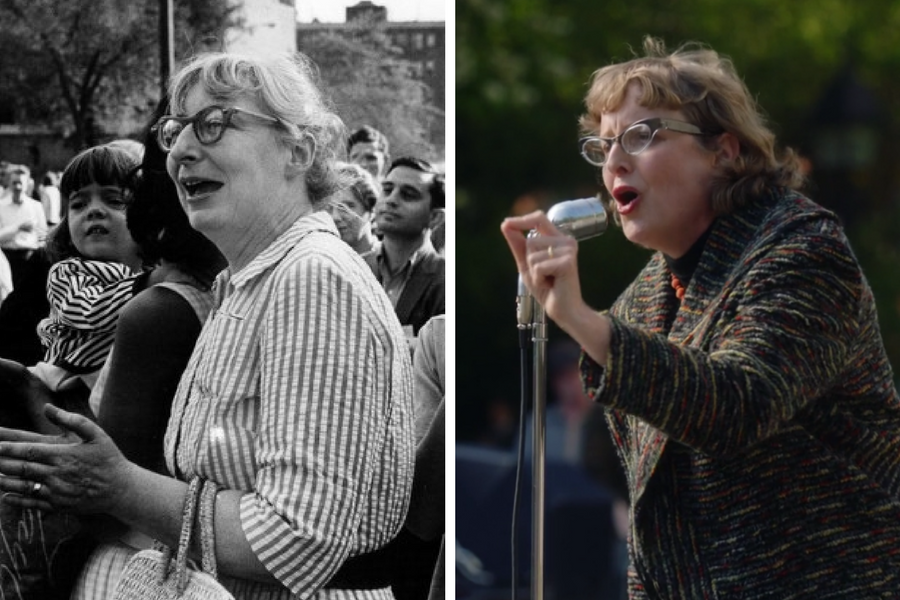Appears to be somebody's failed attempt to charter a RR that provided direct service from the northside to MetroWest by bypassing Boston & Albany with a 'midline' route competing with the Grand Junction Branch + Highland Branch. With multiple routing options to either Newton Lower Falls and Wellesley Farms, or thru-routing onto the Needham Branch. Then a downtown connection at B&L's Nashua St. terminal (pre- North Station), with transfers to any number of horsecar streetcar lines downtown.
At one point the Highland Branch and Charles River (Needham) Branch were under control of Boston, Hartford, and Erie RR before a bankruptcy liquidation (Panic of 1873) passed the Highland into B&A control and Needham into New York & New England control. Since this map still shows those lines as BH&E it's pre-1873. Since it also shows a B&A Brighton-Newton Corner cutoff line through the middle of Brighton as "chartered 1870" (obviously never built), that means it's no earlier than 1870.
So...1870-1873 is the date range for this proposal. Unlike that Brighton cutoff no charter was ever granted for this line, so it's just some investor's early-1870's Crazy Transit Pitch that never came to fruition. There are literally hundreds such cases in MA where a charter was applied for but denied, and dozens where the charter was granted but nothing ever came of it. Most are lost to history because records from the 'reject' pile weren't retained beyond statutes of limitation, and time + loose record-keeping claimed the rest.
The attractiveness of such a route would be:
- The Grand Junction skipped the northside terminals entirely by hopping over the north mainlines and heading out to Eastie via Everett/Chelsea. The tracks that currently frame the backside of Boston Engine Terminal are original Grand Junction.
- The Grand Junction merges with the B&A mainline at Beacon Park, west of where the Highland Branch (a.k.a. D Line) splits off, so the GJ wasn't that useful a thru route to the suburbs by missing downtown Boston.
- This line more or less duplicated the Grand Junction, but by the western portion branch splitting off after BU Bridge ("Cottage Farm" on the map) B&L had the thru route set.
- The Charles River RR (a.k.a. Needham Line) then would've offered long-haul thru service to Woonsocket and interstate points beyond. B&L could've then gotten itself into the Boston-New York City game by cutting agreements with other lines out of Rhode Island.
What probably killed it was financing. Some really kooky routings with hilarious amounts of route duplication were getting granted charters left and right, so that wasn't a problem. But whoever filed this probably had threadbare cash streams and huge question marks about how they'd pull it off. Because the way these things worked, the small private investors built the chartered RR and then enticed a bigger RR to lease it from them to make their money back via the 99-year lease terms. Merger-mania, 19th c. -style. Virtually all of the big RR's were amalgamations of hundreds of tiny charters put together. They clearly had Boston & Lowell interest with this proposal, but B&L would not be offering up any lease terms unless they actually got 100% of it built and opened up all the western gateways. And that was not a guarantee with all the permissions with other RR's (e.g. getting BH&E trackage rights, getting B&A to let them cross over a tiny portion of mainline in Brighton, getting Fitchburg RR to let them rent space on the co-running portion in Somerville, etc.). Any broken links would've made the Providence or New York coattails useless for B&L. Then of course when the Panic of 1873 sent a wave of RR bankruptcies crashing nationwide, formerly freewheeling B&L--which got bruised up by the crash but still stood--went much more conservative afterwards and no longer rolled dice on wild schemes like this where 8 things had to simultaneously go right or else all was lost. These investors most likely also lost their shirts in the Panic because RR prospectors were some of the highest-stakes gamblers on Wall Street...so it probably wouldn't have mattered if the proposal were ever deemed worthy of a charter if all the money backing it vanished.
Snapshot in time. If more records survived you'd be gobsmacked at how many rejected RR's were proposed to slice across your presently urban street. It was the original investor speculation run amok. Most weren't nearly as coherent-looking from a transit perspective as this particular specimen was.

